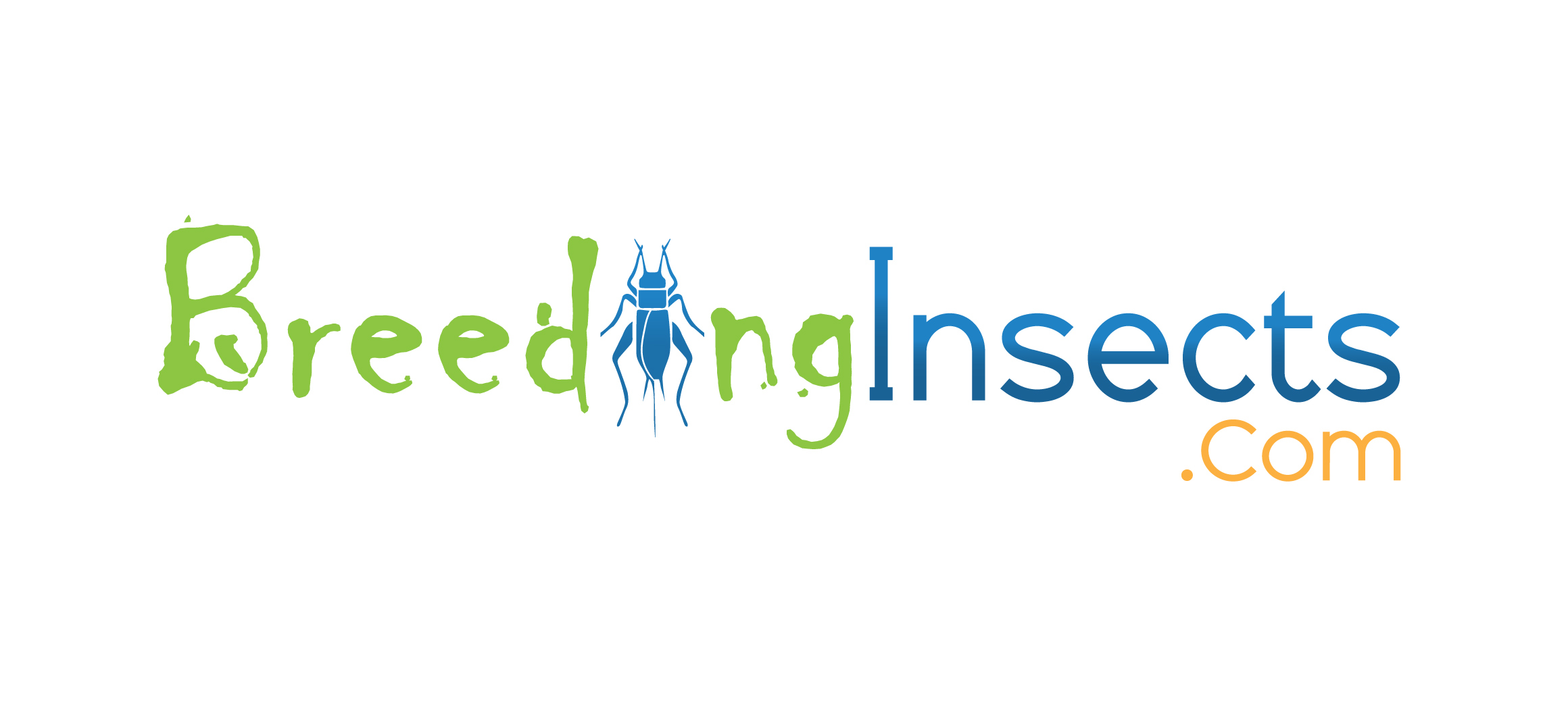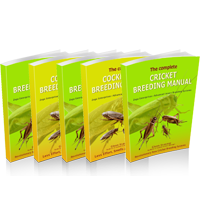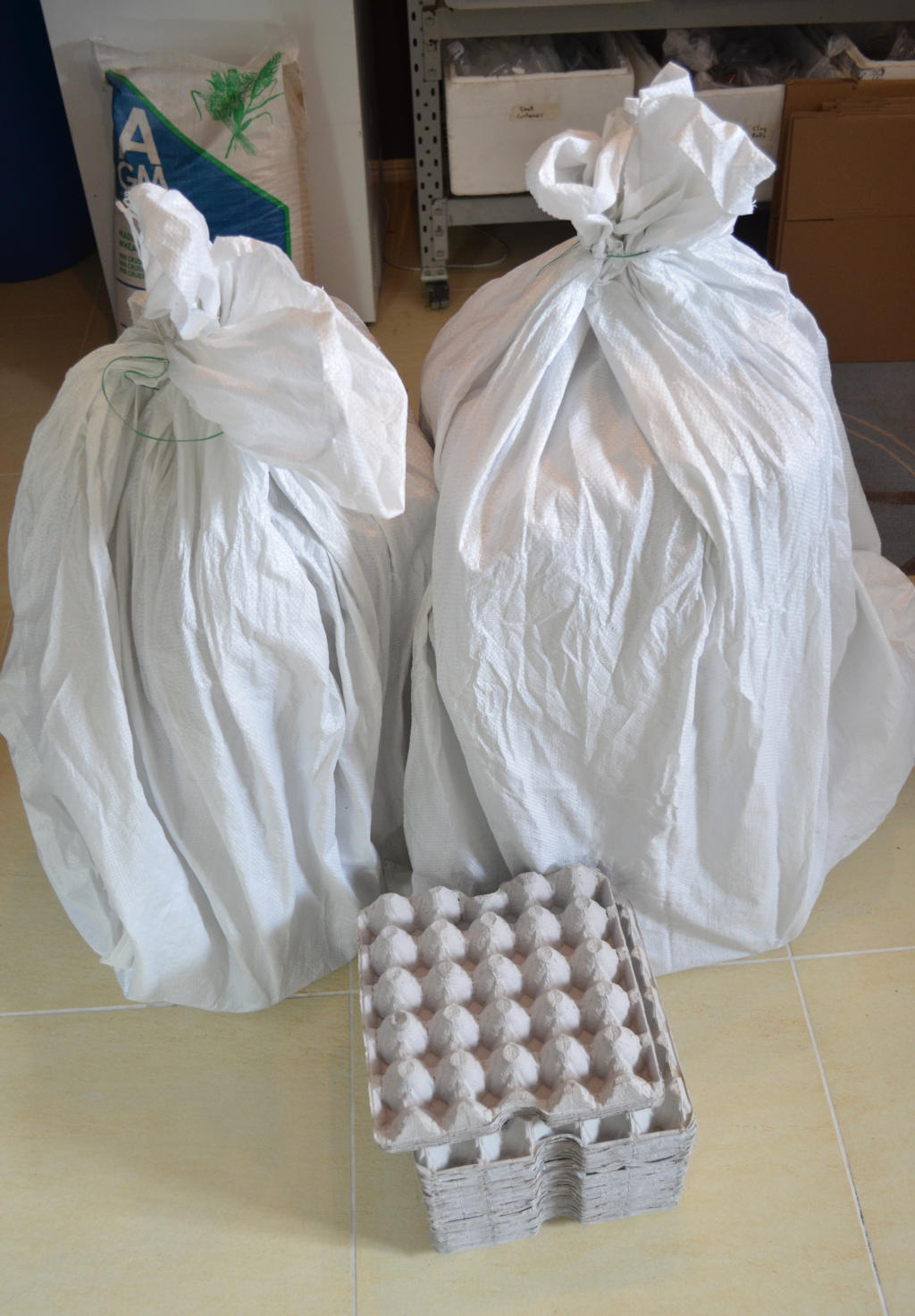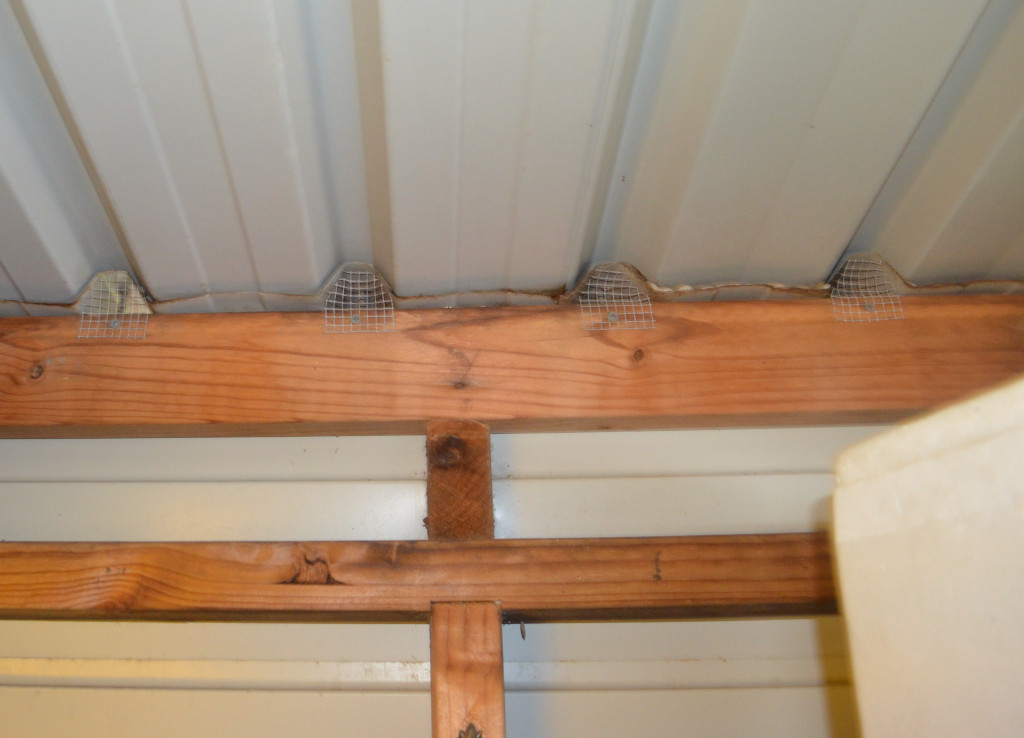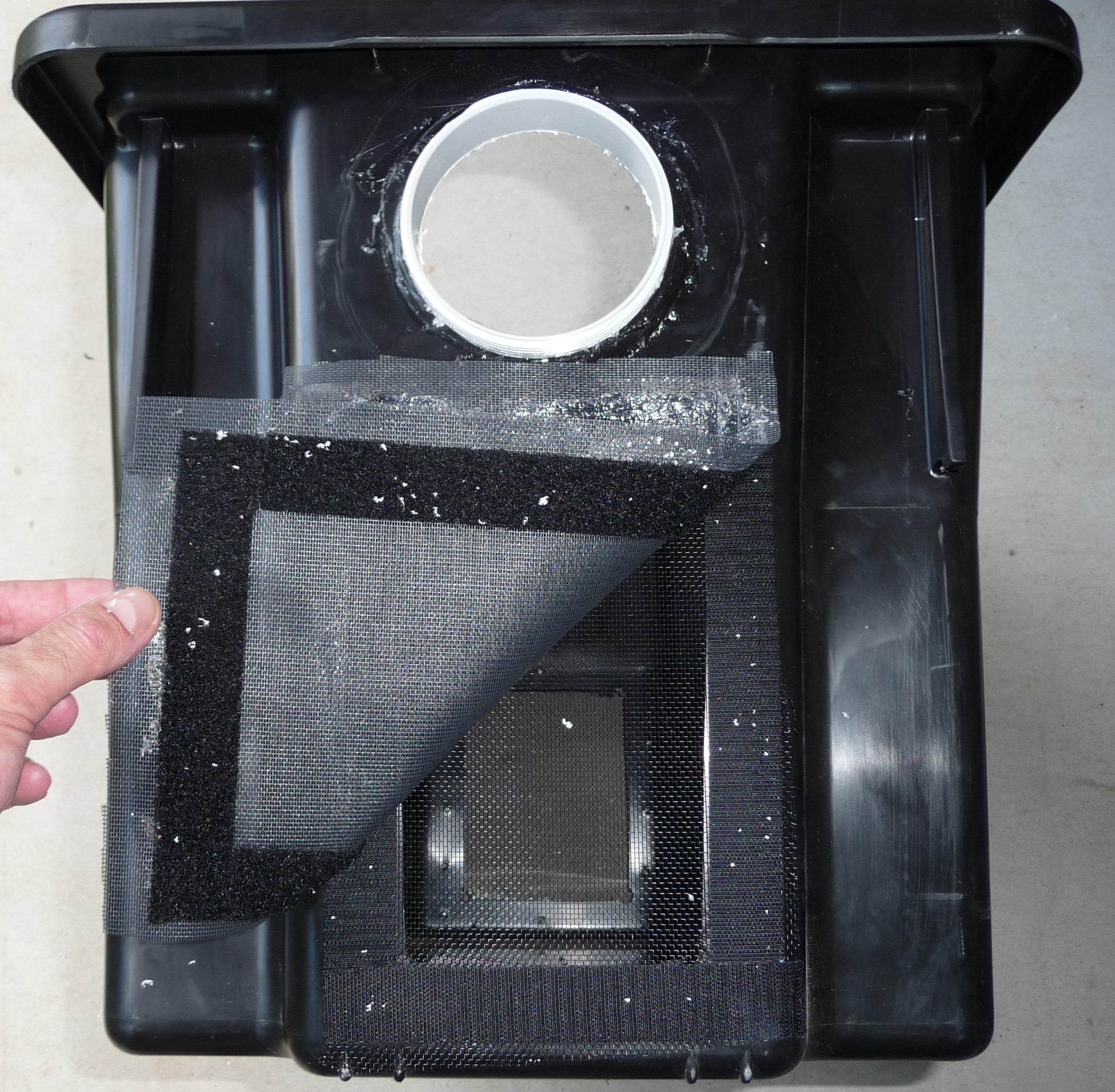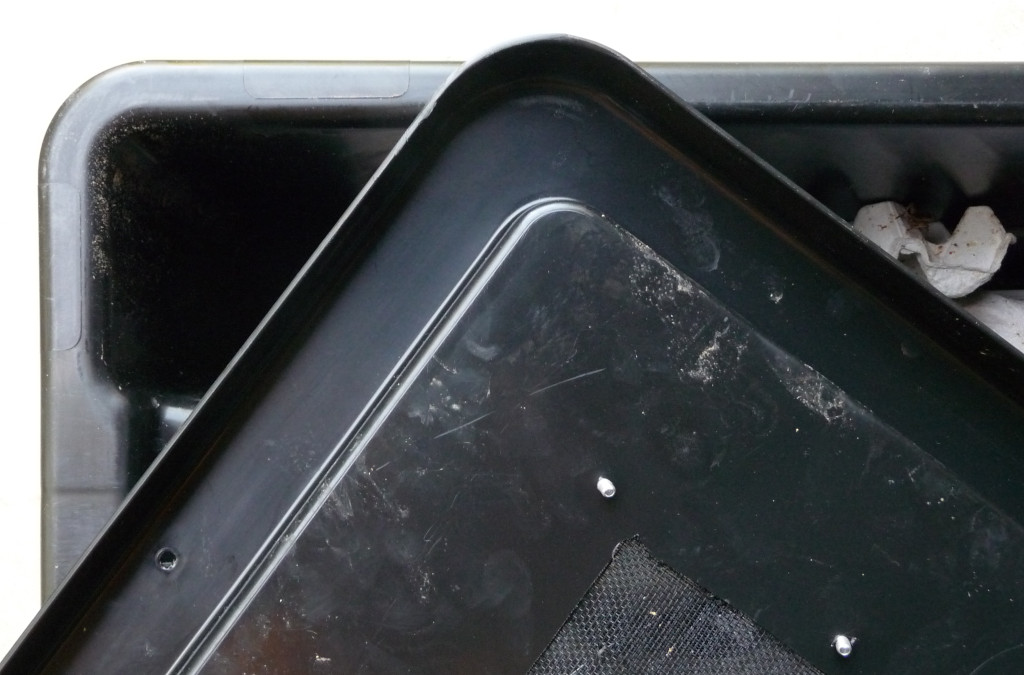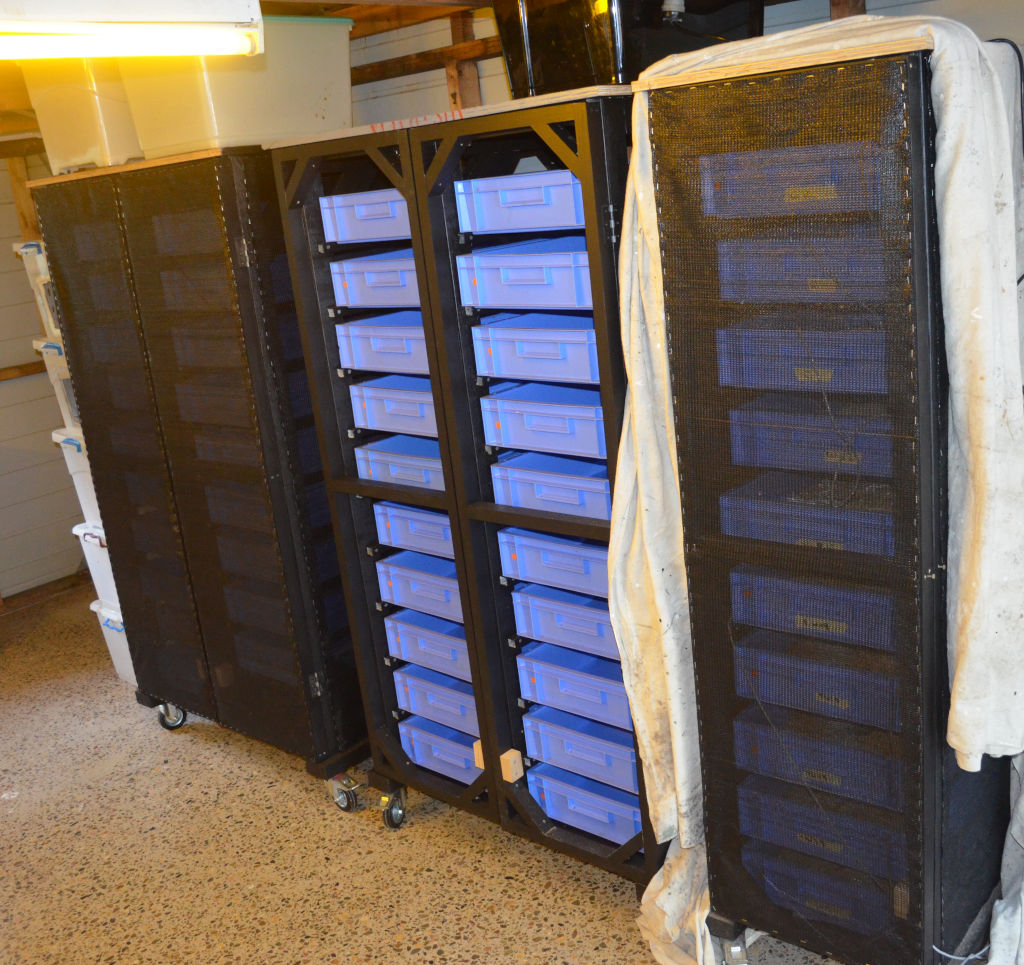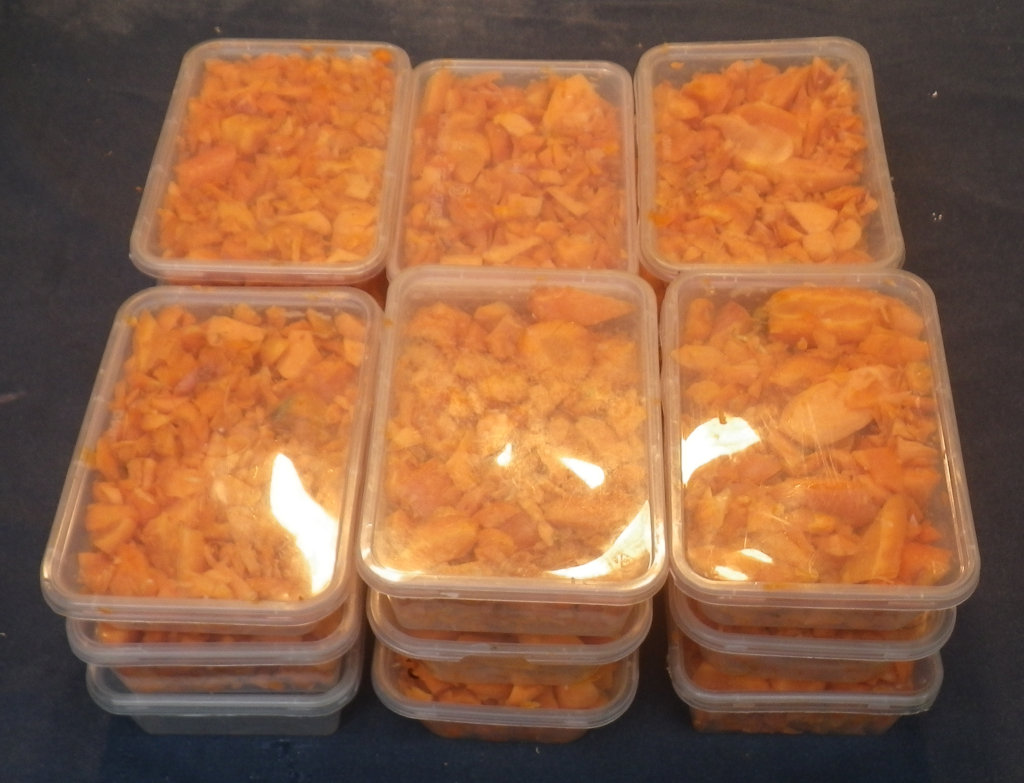It may be no great surprise that preventing pests is far more efficient than managing pests. We have all heard the old adage “A stitch in time saves nine” right!. Unfortunately most people learn this the hard way, as when they don’t have pests they become complacent, the prevention drops off, then you get pests…then you realize that prevention is really important. Take it from me, after you have spent 2 or 3 weeks (if your lucky) cleaning hundreds of trays and containers constantly…all the meanwhile hoping desperately it works, then you will understand the importance of prevention. There is a saying “When the student is ready, the teacher will appear”.
“I sent the adjacent photo to my wife after I discovered a major infestation of mites in our insect farm. I was devastated ,and bought chips and chocolate to help sooth the soul. In hindsight with the the pain that was to follow I should have bought a bottle of rum !!”
To avoid being the guy in the adjacent photo, here are some tips to prevent pests….or you could just buy a bottle of rum?
Reducing Pest Entry
In the below table we identify common entry points and ways to reduce or eliminate pest entry.
Common Entry points for Pests
Managing Options
Photos
Egg Cartons for breeding or harvesting insects . Many restaurants/cafaes leave egg cartons exposed prior to pick up and collect all kinds of pests ((mites, spiders, beetles, moths, cockroaches).
Large breathable plastic bags similar to the type used for carrying meal and pellets can be purchased from large hardware and stock supplies stores with various sizes available. Place egg cartons in them once they arrive back to the farm. Purchase one for the restaurants/cafaes that supply the egg cartons so they prevent entry of pests whilst on premises. Use twist ties to secure the opening.
Larger commercial facilities use microwaves to “Zap” residual pests. A large standard kitchen microwave works well for small to medium facilities.
On insects you purchase for breeding stock and substrates.
Check all new incoming stock you purchase for breeding stock or for supply genetic diversity. Inspect and look very closely for mites and quarantine them for a week or more. Check the substrate they come in as this can harbor a variety of pests from the breeding premises. If possible throw away the substrate the insects come in and replace with fresh substrate.
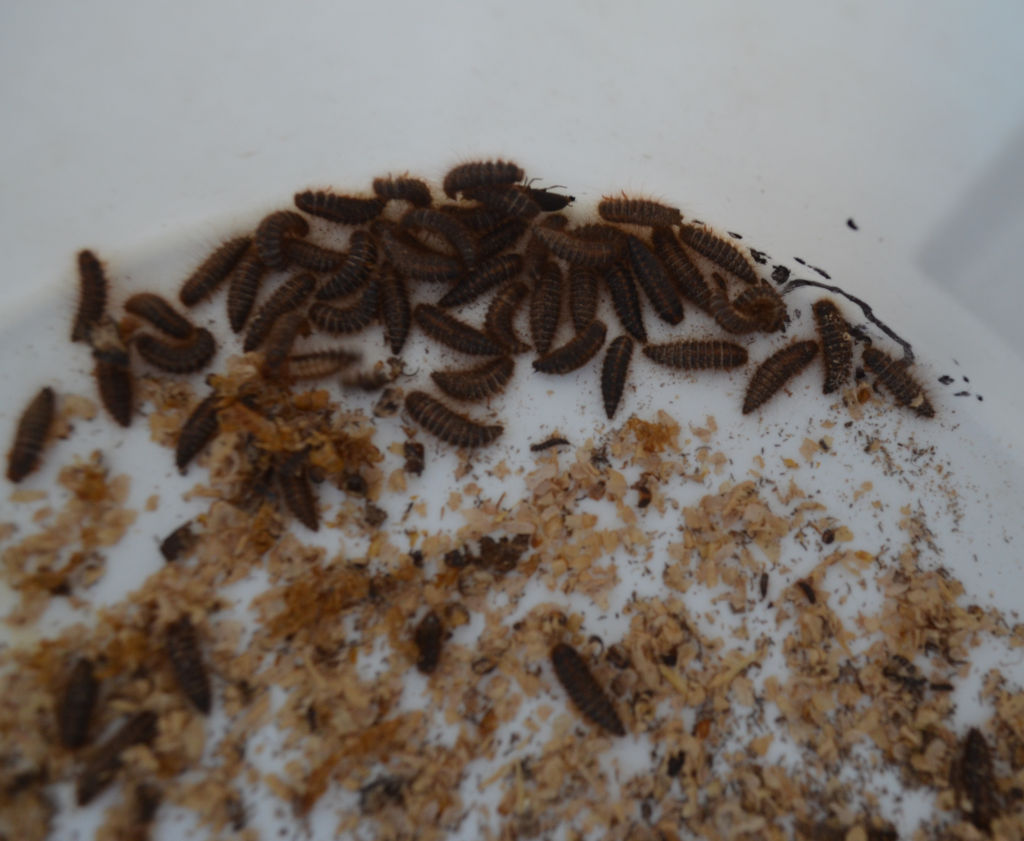
Dermestid Beetle larvae that hitch hiked a ride with a order of mealworm breeding stock.
Pests climb onto Containers and trays left outside during storage or maintenance (mites, spiders, cockroaches, moths).
Avoid placing cleaned containers directly on the ground. Where possible place them on raised structures to get them off the ground (eg. tables, chairs, or security screens raised above ground horizontally).
If this is not possible then wash or spray any hard surfaces prior to placing containers on them. Avoid placing cleaned containers/trays flat on the ground. Where possible stack them on an angle to minimize container contact with the ground.
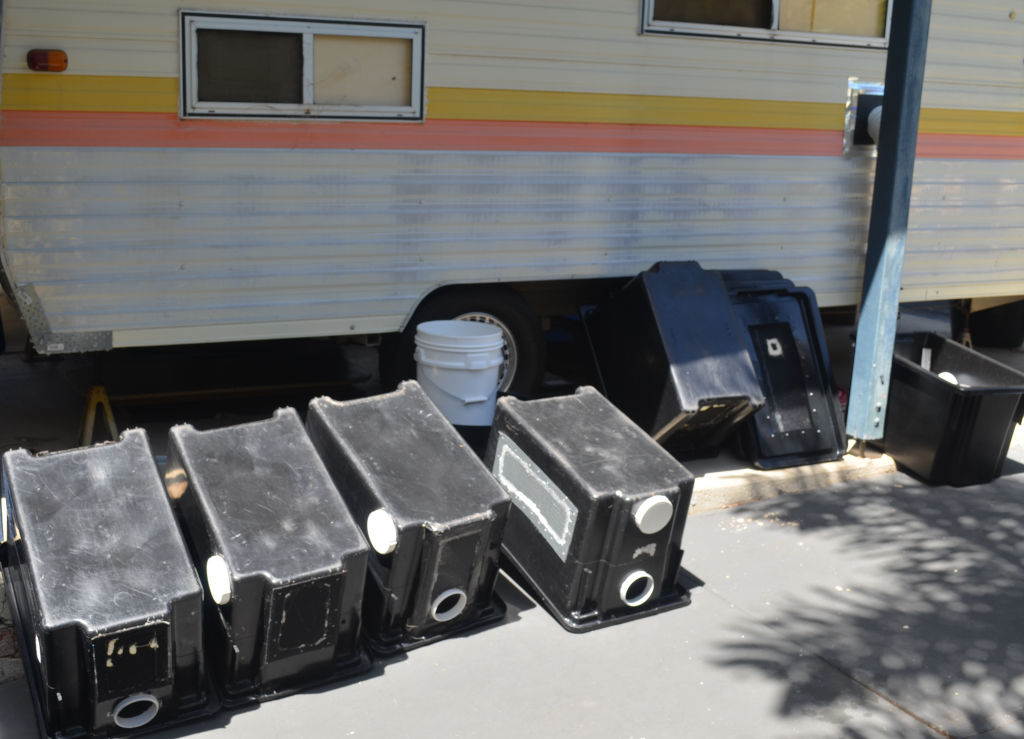
Many dry pellets and foods have pests in on the outside of bags of grain, pellets or meal (mites, mold, beetles).
Inspect all bags before bringing them back to the farm. In severe infestations pests such as moths, spiders and beetles are visibly present at the top of large bags of meal or pellets both on the outside (usually at the pull string join at the top) or you can see them fluttering/walking around in the bag.
Where possible find an alternative supplier that does not have infected food supplies as this is usually an indication of stock sitting around for long periods or poor hygiene.
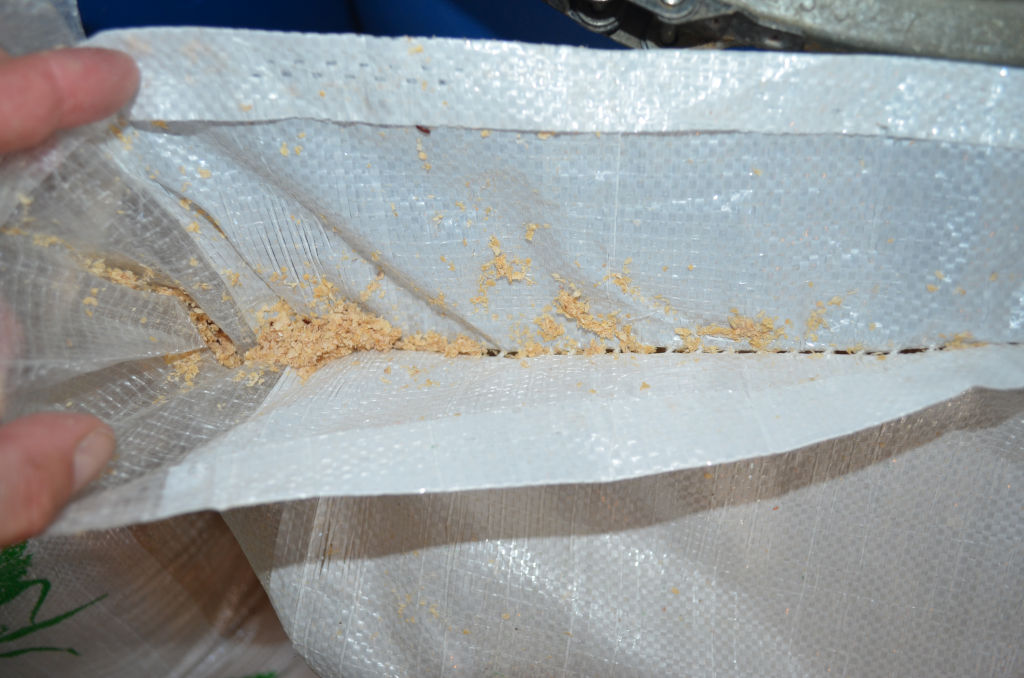
Note the moth egg debris coming out of the top of bran bags.
For closed farms (indoors with closed doors and windows) any hole in floor, walls and ceiling (All pests listed above).
Seal all gaps with gap sealer or physical barriers such as wood or paneling. Doors can be fitted with cockroach flaps which prevent unwanted pests under doors. they also have the benefit of reducing heat loss.
During maintenance activities, doorways are usually left open for short periods to move containers and components for cleaning. Flying pests such as moths and flies are opportunistic and will make their way into the farm if your not careful. Freezer Clear PVC Strip Doors can be installed easily to reduce the ingress of flying pests.
For open shed farms pests can enter via gaps along doors, and joins between roof and walls. Prevent entry by installing physical barriers on containers/trays.
Where possible block gaps or put vermin control barriers. Refer to above for ways to add cockroach flaps on doors.
For smaller pests such as vinegar flies, ants, geckos you can install lids on all containers/trays with mesh. Where vinegar flies are an issue refer to “building a cricket container section” on ways to build a double mesh system to prevent entry of vinegar flies. (Add link)
Cockroaches, micro-flies and spiders can and will squeeze themselves through an ineffective lid system. Choosing the right lid rim design will prevent them from entering.
Choosing an effective lid type will prevent pest species from entering (cockroaches, micro flies, spiders, geckoes) and prevent crickets from escaping.
Many lid systems are effective, including the one shown in adjacent photo. This consists of a flattened “U” shape lid which is commonly used in restaurant food containers to prevent the entry of cockroaches and other food pests.
As they are effective to keeping cockroaches out, they also are effective keeping crickets and cockroaches in.
For open shed farms pests can enter via gaps along doors, and joins between roof and walls. Prevent entry by installing physical barriers on racks or shelving.
Where possible block gaps or put vermin control barriers. Refer to above for ways to add cockroach flaps on doors.
For smaller pests such as vinegar flies, ants, geckos you can install mesh on the outside of your racks or shelving. Refer to Mealworm Shelving Section for more details.
Not undertaking regular removal of wet foods which wets dry foods (meal, pellets) and creates high humidity and mold.
Replace wet foods daily or consider switching to low maintenance options such as:
- Replace wet foods with water dispensers which only need replacing once per week (crickets and cockroaches)
- Replace wet foods with oranges which are less prone to getting moldy and low humidity. After they are eaten the only waste left is a dry peal which is not prone to getting moldy.
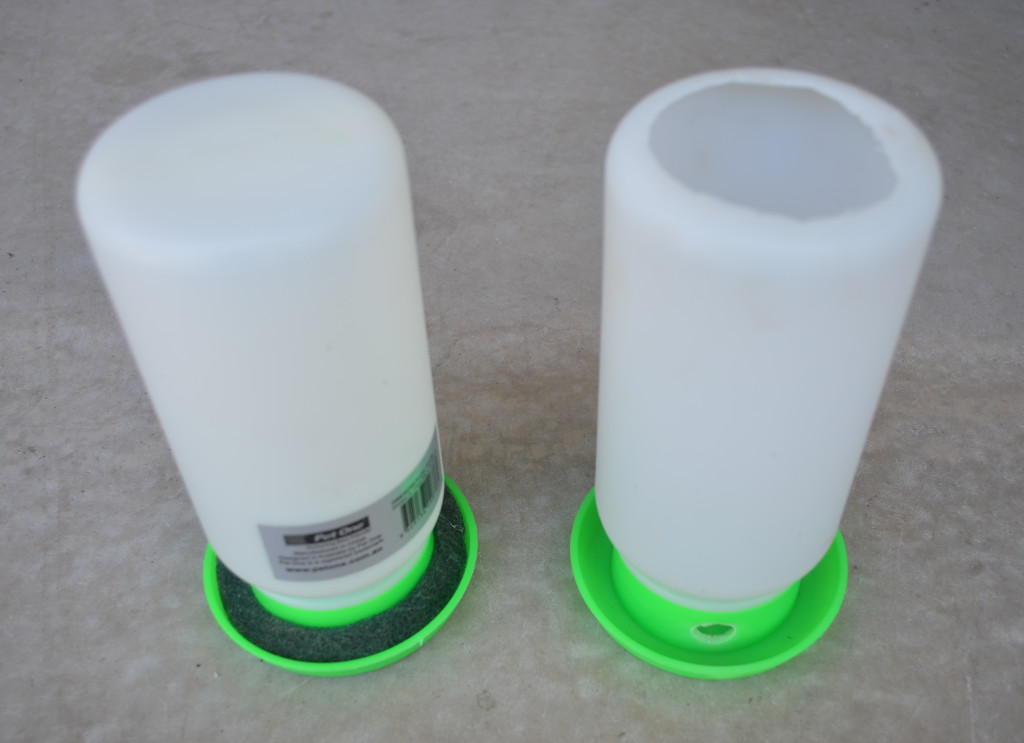
Many vegetables used as wet foods can have pests on the outside or inside (vinegar flies, mites, mold).
Vegetables can be frozen to kill pests and eggs however it does make them soggy and reduces their quality. Reduce the risk by just placing the amount of wet food that they will consume in a day so that no or little residue remains to pass on pests. Remove any remaining waste food regularly.
Some insects such as crickets and cockroaches can rely on water dispensers for their entire water needs removing the need for fresh food. Some vegetables such as oranges are less prone to insect pests (waxy, thick skin) and have fewer issues for pests, humidity and mold than using some vegetables.
Fiberglass screens on windows or insect ventilation containers. They allow the entry of vinegar flies and baby spiders and cockroaches.
If vinegar flies are an issue you can replace the normal fly screen with a finer “midgee” or “micro fly” screen. Note that this screen will prevent vinegar flies however it will reduce air flow and possibly increase humidity which could cause other issues such as mites.
Dirt on shoes can move unwanted pests from outside areas to inside areas (mites, mold, other)
Vacuum regularly the farm to remove all dust and pests which commonly inhabit the floor. For larger facilities have all activities contained indoors (no coming in and out for cleaning) and sterilize shoes before entering using liquid dips.
Leaving doors open for long periods of time in your insect farm (all pests, including wasps and geckoes and ants).
During maintenance activities, doorways are usually left open for short periods to move containers and components for cleaning. Flying pests such as moths and flies are opportunistic and will make their way into the farm if your not careful. Freezer Clear PVC Strip Doors can be installed easily to reduce the ingress of flying pests.

